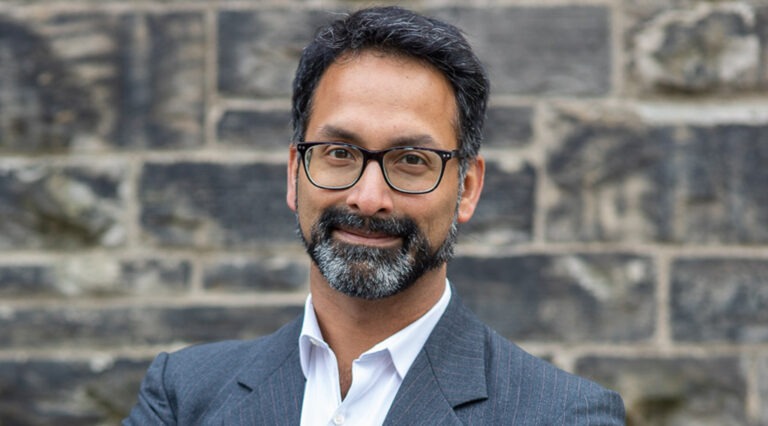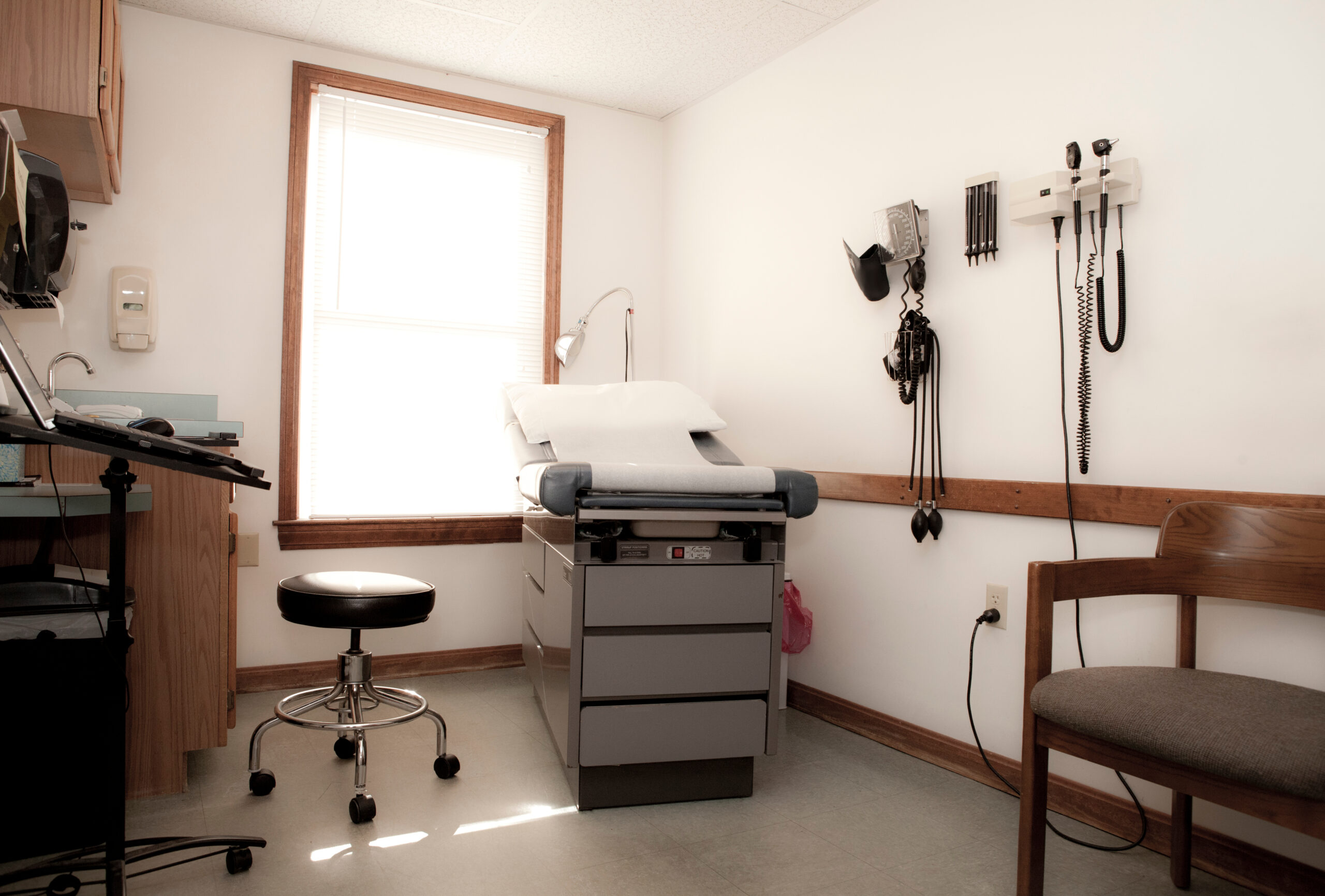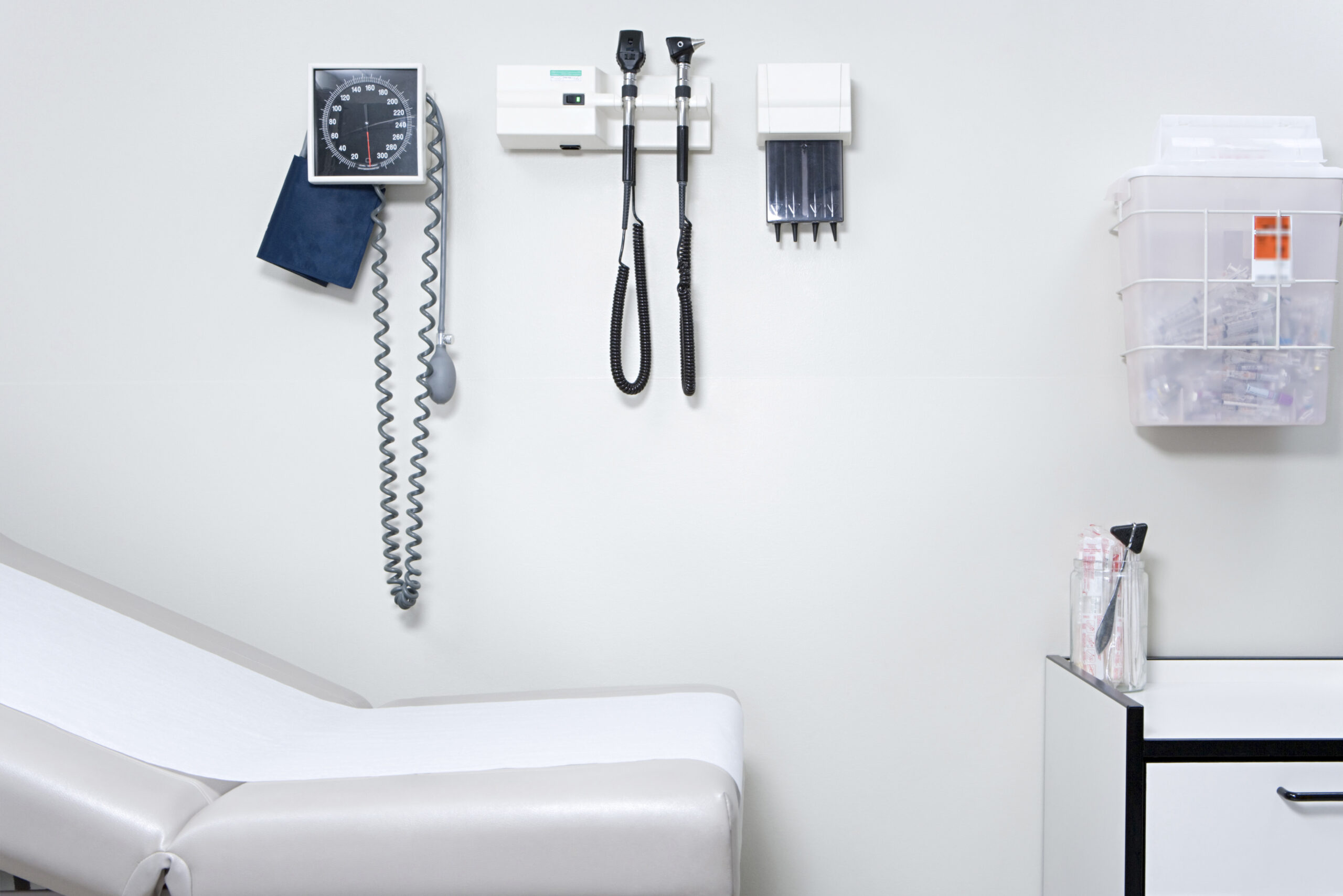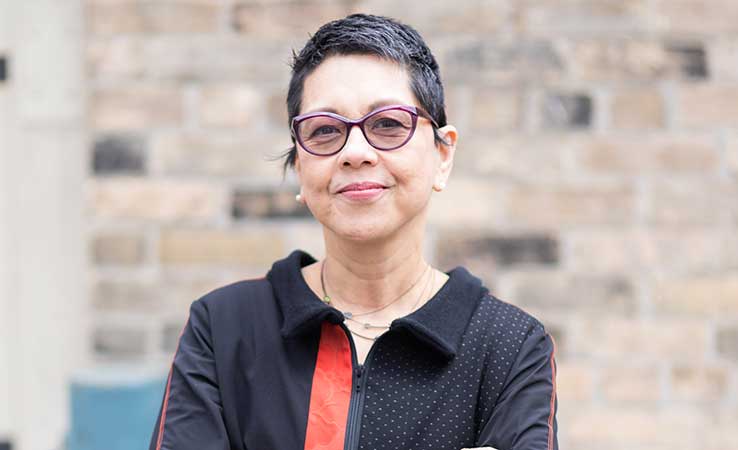Dr. Tara Kiran spoke with CTV News about how Canada is trailing behind other Organization for Economic Co-operation and Development (OECD) countries when it comes to both the number of physicians relative to the population, and its spending on primary care, according to a new analysis published in the Canadian Medical Association Journal.
Author: Samira Prasad
Opinion: Fixing the primary care crisis is underway. Now we need action
In this op-ed, co-authors Drs. Andrew Pinto and Danielle Martin write about the need to scale up community-governed, primary-care teams to allow family doctors to provide care for more patients with the support of nurses, social workers, pharmacists, dietitians, physiotherapists, and other health professionals.
Canada falls short in several areas of health care in comparison to other OECD countries, report says
Dr. Tara Kiran spoke with The Globe and Mail about a new report published in the Canadian Medical Association Journal which reveals how Canada falls short in several key areas in comparison with nine other Organization for Co-operation and Development (OECD) countries. Canada has fewer physicians overall per capita, spends less of its total health budget on primary care, and has relatively high maternal- and infant-mortality rates.
Chicago is using transit buses to house unhoused people this winter, should Toronto do the same?
Dr. Carolyn Snider’s research is referenced in this NOW Toronto article discussing homelessness research and the city’s plans for the winter.
Growing number of homeless people turning to ERs for shelter and warmth, study says
Dr. Carolyn Snider and Dr. Stephen Hwang, spoke to The Canadian Press about new research on the dramatic rise in the number of people experiencing homelessness turning to emergency departments for shelter and warmth in Toronto and Ontario.
Got a beef about primary care in Ontario? You’re not alone
This Toronto Star op-ed quotes Dr. Tara Kiran in it’s discussion of potential ways of restructuring primary care in Ontario.
It is possible to end intimate partner violence
Toronto and several municipalities have declared intimate partner violence an epidemic. In this op-ed Dr. Patricia O’Campo, along with Allison Branston and Thea Symonds, call upon other municipalities to do the same. They also share the innovative work their team is doing in collaboration with social services, shelters, and criminal justice providers to safely house women and children experiencing violence.
Brampton mayor urges federal help after asylum claimant death
Brampton Mayor, Patrick Brown is demanding Ottawa help after an asylum claimant camped outside a shelter was found dead Wednesday morning. Dr. Stephen Hwang spoke with Humber News about how governments need to consider both short-term and long-term solutions.
The article also reports that the city’s winter readiness plan changed its warming centres to open at -5 C instead of at the -15 C extreme cold weather alert threshold. The decision was made in part because of a 2019 report from the MAP Centre for Urban Health Solutions which found that 72 per cent of hypothermia cases in adults experiencing homelessness from 2004 to 2015 occurred when temperatures were warmer than -15 C.
How a new ‘super screener’ is helping detect cancer in patients without a family doctor
Dr. Tara Kiran spoke to The Globe and Mail about the importance of primary care access and about how people who don’t have family doctors are missing out on more than just cancer screening.
New smart vending machine in Ottawa revolutionizes access to essential supplies
Dr. Sean Rourke spoke with CTV News about the new Healthbox machine at the Carlington Community Health Centre in Ottawa, the first of its kind in Ontario.










